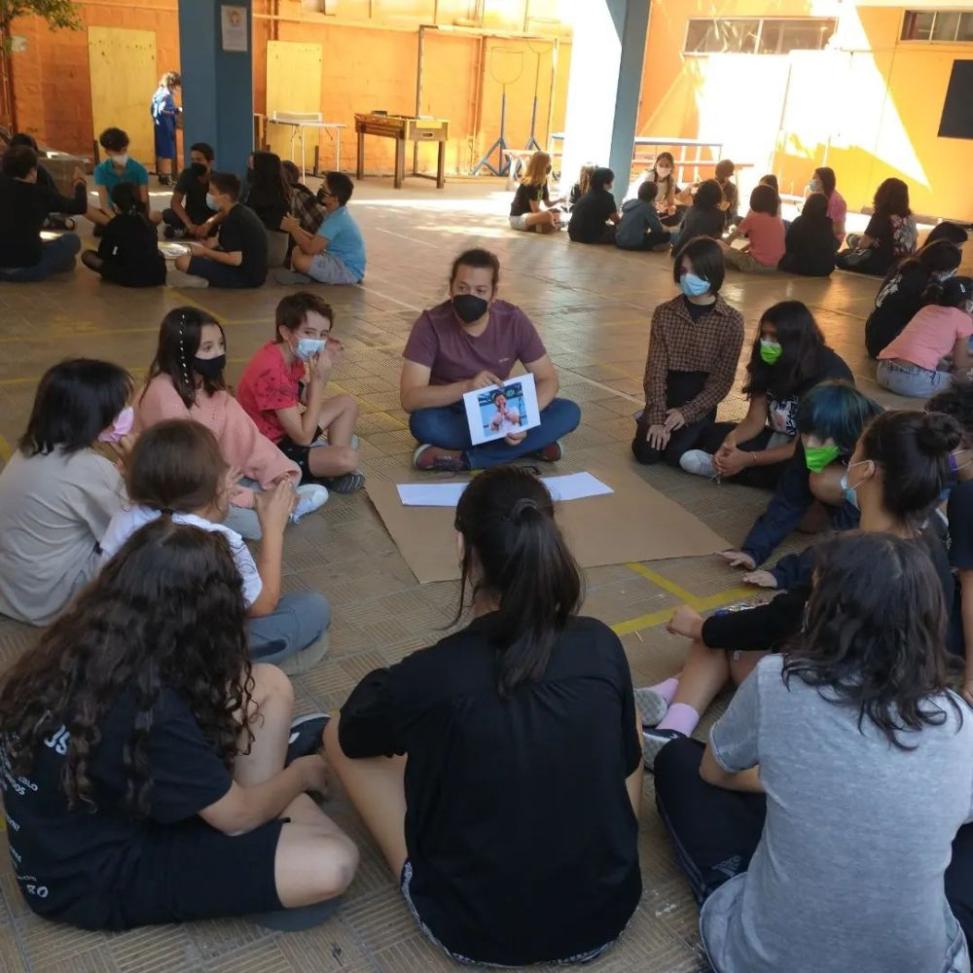What Are Some of the Best Resources for Learning More About the Command-Line Interface (CLI)?
The command-line interface (CLI) is a powerful tool that allows users to interact with their computers using text commands. It is a versatile tool that can be used for a wide variety of tasks, from basic file management to complex system administration. Learning how to use the CLI can give you a deeper understanding of your computer and how it works, and it can also make you more productive.

Online Resources
There are a wealth of online resources available to help you learn more about the CLI. These resources include:
- Websites: There are many websites that offer tutorials, guides, and reference materials on the CLI. Some popular websites include the Linux Documentation Project, the Unix System Administration Handbook, and the Command Line Kung Fu website.
- Blogs: Many bloggers write about the CLI and share their tips and tricks for using it efficiently. Some popular CLI blogs include the Command Line Magic blog, the Unix and Linux Stack Exchange blog, and the Linux Journal blog.
- Videos: There are also many videos available online that can teach you about the CLI. These videos can be found on websites like YouTube, Vimeo, and Khan Academy.
- Online Courses: There are also a number of online courses available that can teach you about the CLI. Some popular online courses include the Command Line Crash Course from Codecademy, the Learn the Command Line from Udacity, and the Linux Command Line Basics course from Coursera.
Books
There are also a number of books available that can teach you about the CLI. These books range from beginner-friendly introductions to advanced guides for experienced users. Some popular CLI books include:
- Beginner's Guides:
- The Linux Command Line: A Complete by William Shotts
- The Unix Command Line: A Beginner's Guide by Brian Kernighan and Rob Pike
- Command Line Kung Fu: The Unix Way by Jason Cannon
- Advanced Guides:
- The Linux Command Line: A Comprehensive Guide by William Shotts
- The Unix Programming Environment by Brian Kernighan and Rob Pike
- Advanced Bash Scripting Guide by Mendel Cooper
- Reference Books:
- The Linux Command Line Pocket Reference by Scott Granneman
- The Unix Command Line Pocket Reference by Daniel J. Barrett
- The Bash Pocket Reference by John W. Rittinghouse
Software and Tools

There are also a number of software tools and utilities available that can help you learn about and use the CLI. These tools include:
- Command-Line Editors: Command-line editors are designed to make it easier to work with the CLI. They provide features such as syntax highlighting, autocompletion, and error checking. Some popular command-line editors include Vim, Emacs, and Nano.
- Command-Line Shells: Command-line shells are the programs that provide the user interface for the CLI. They allow users to enter commands and receive output. There are many different command-line shells available, each with its own features and advantages. Some popular command-line shells include Bash, Zsh, and Fish.
- Command-Line Utilities: There are a wide variety of command-line utilities available that can be used to perform a variety of tasks, such as file management, networking, and system administration. Some popular command-line utilities include ls, cd, mkdir, rm, cp, mv, grep, and awk.
Communities and Forums
There are also a number of online communities and forums where you can ask questions, share knowledge, and learn more about the CLI. Some popular CLI communities and forums include:
- Online Forums and Discussion Boards: There are many online forums and discussion boards where you can ask questions and share knowledge about the CLI. Some popular CLI forums and discussion boards include the LinuxQuestions.org forum, the Unix & Linux Stack Exchange forum, and the Reddit /r/commandline subreddit.
- User Groups and Meetups: There are also a number of local user groups and meetups focused on the CLI. These groups and meetups provide opportunities for networking, learning, and sharing knowledge. You can find local CLI user groups and meetups using websites like Meetup.com and LUGMap.org.
The CLI is a powerful tool that can be used for a wide variety of tasks. By learning how to use the CLI, you can gain a deeper understanding of your computer and how it works, and you can also make yourself more productive. The resources listed in this article can help you get started learning about the CLI and become a more proficient user.
Here are a few tips for staying up-to-date with CLI developments:
- Read CLI blogs and websites.
- Attend CLI conferences and meetups.
- Follow CLI experts on social media.
- Experiment with new CLI tools and techniques.
By following these tips, you can stay up-to-date with the latest CLI developments and continue to learn new things.
YesNo

Leave a Reply